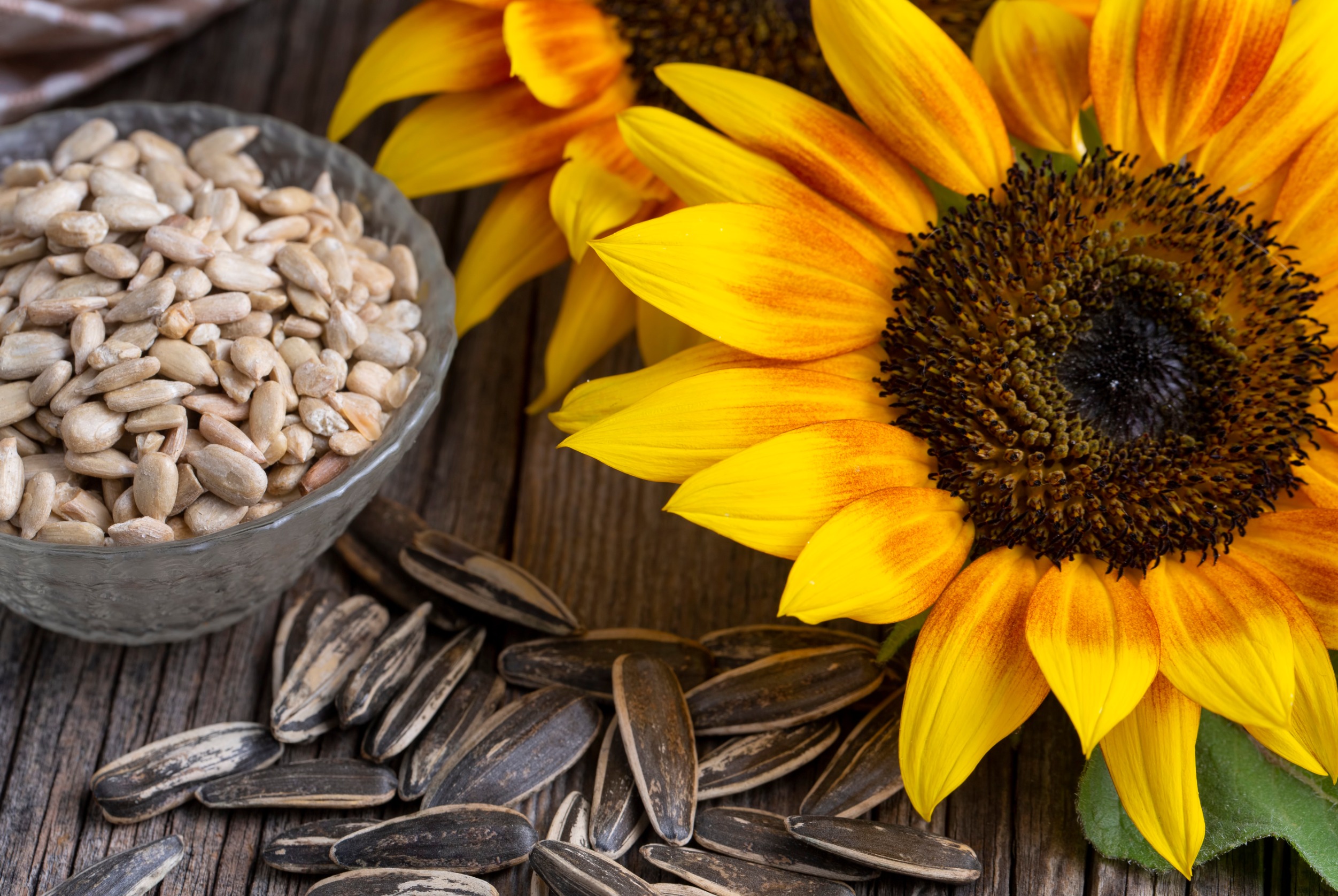Sunflowers are the embodiment of summer, with their towering stalks and bright, cheery blossoms. Aside from their uplifting beauty, sunflowers provide a late-season reward: an abundance of tasty seeds. Whether you’re a beginner or an experienced green thumb, gathering sunflower seeds is simple and rewarding. Knowing when to harvest is critical to receiving the best-tasting seeds.
Sunflower seeds are typically ready to harvest between late summer and early fall, depending on your growing region. When the vivid yellow petals fade and the flower heads begin to droop, it’s time to prepare. Sunflowers typically bloom and yield mature seeds 80 to 140 days after planting. If your sunflowers bloom in August, you can expect to harvest seeds by September.
5 signs your sunflowers are ready to harvest
Timing is critical while gathering sunflower seeds. Harvest too soon, and the seeds will not store well; wait too long, and you risk losing them to other hungry critters or rot. Here are the top signs that your sunflowers are ready for harvest.
1. Yellowing flower heads: The back of the sunflower is the greatest sign. If it is still green, the seeds require additional time. A yellowish-brown tint indicates that they are ready to pluck.
2. Drooping blooms: As the season ends, sunflowers naturally begin to droop. This is a clear indication that the seeds are nearing maturity.
3. Brown leaves: As the plant expends its last energy to develop seeds, the leaves become yellow or brown, indicating the end of the growing season.
4. Wilted petals: As mature sunflowers dry, they begin to drop their petals. This makes it easier to observe how the seeds develop.
5. Well-formed seeds: When seeds are plump and have hard shells that are easy to remove from the flower head, they are ready for harvesting.
Step-by-step: harvesting and drying sunflower seeds
Harvesting sunflower seeds is a straightforward process, but it requires some patience. Here’s how to do it correctly:
1. Check for ripeness: Keep your sunflowers in the garden until the plant dries up, the petals fall off, and the back of the flower head turns yellow or brown. If birds are eyeing your seeds, cover the flower heads with cheesecloth or a loose paper bag.
2. Harvest the flowers: When the sunflowers begin to droop, use a sharp knife to remove the flower heads off the plant, leaving 6 to 12 inches of stalk attached.
3. Dry the seeds: Tie two or three blossom heads together with thread. Hang these bundles upside down in a cool, dry, dark location with enough air circulation. Let the blooms dry for a few weeks.
4. Collect the seeds: When the sunflowers’ backs turn golden brown and the seeds are easy to dislodge, it’s time to harvest. Place the dried flower heads in a bucket or large basin and remove the seeds with your fingers or a brush. If they’re still sticking, let them dry for a few more days.
Enjoying your harvest: preparing sunflower seeds for snacking
After you’ve collected your seeds, it’s time to enjoy them! While sunflower seeds are edible uncooked, toasting them improves their flavor and texture. Here’s how.
– For plain roasted seeds: Place the seeds on a baking sheet and bake at 400°F for 5 to 7 minutes, until lightly toasted.
– For salted seeds: Simmer the seeds in salted water for 15 minutes before baking at 400°F for 10 to 15 minutes until the shells are dry and crisp.
Drying and saving seeds for next year
If you intend to keep seeds for next year’s garden, allow them to dry completely on the plant or indoors in a cool, dry location. Once dried, remove the seeds from the flower head and keep them in labeled paper envelopes in a cool, dark location until spring.
Harvesting sunflower seeds is a rewarding way to wrap up your summer garden. Whether you eat them straight away or save them for next year’s planting, these recommendations will help you get the most out of your sunflower harvest.











